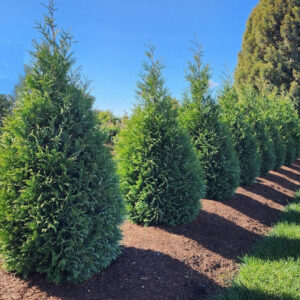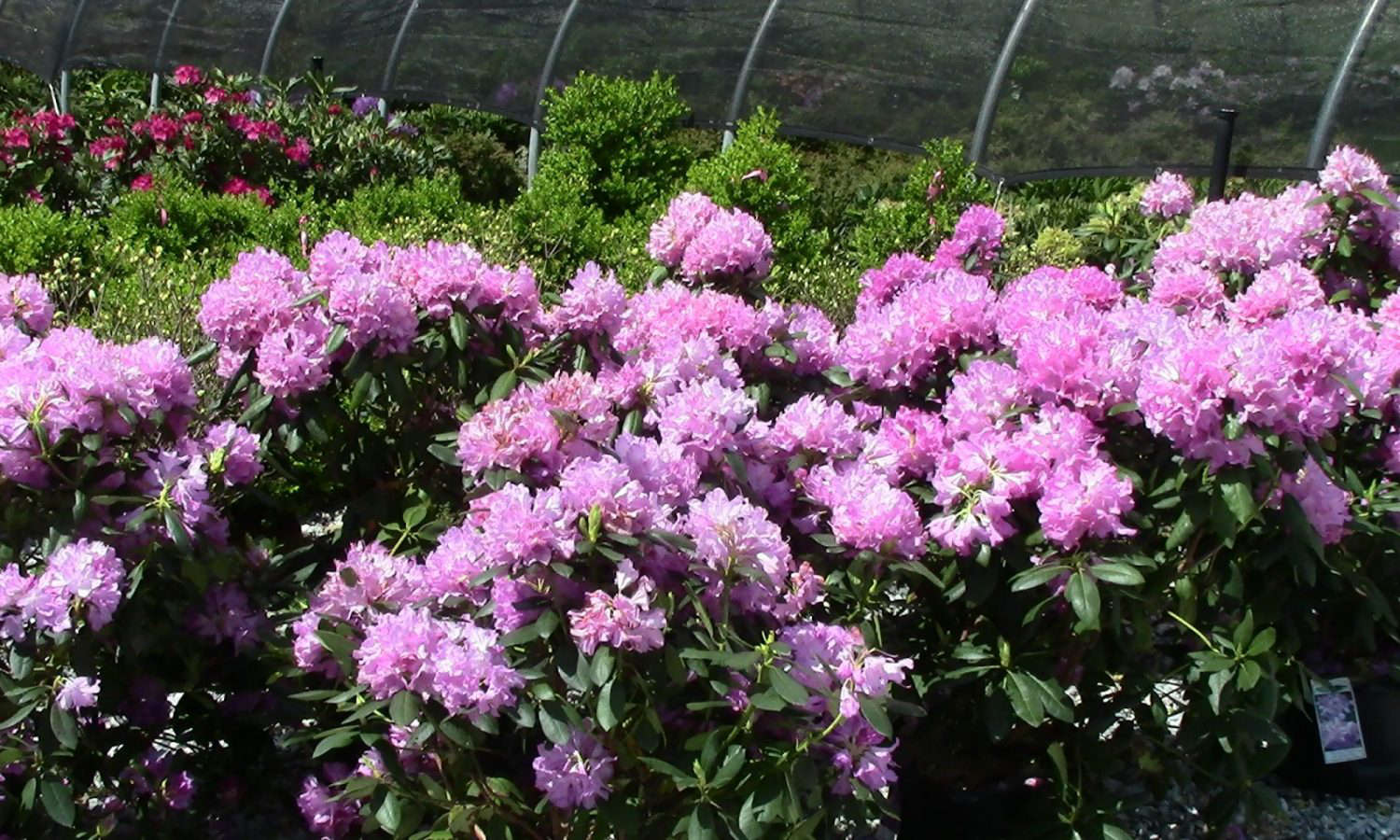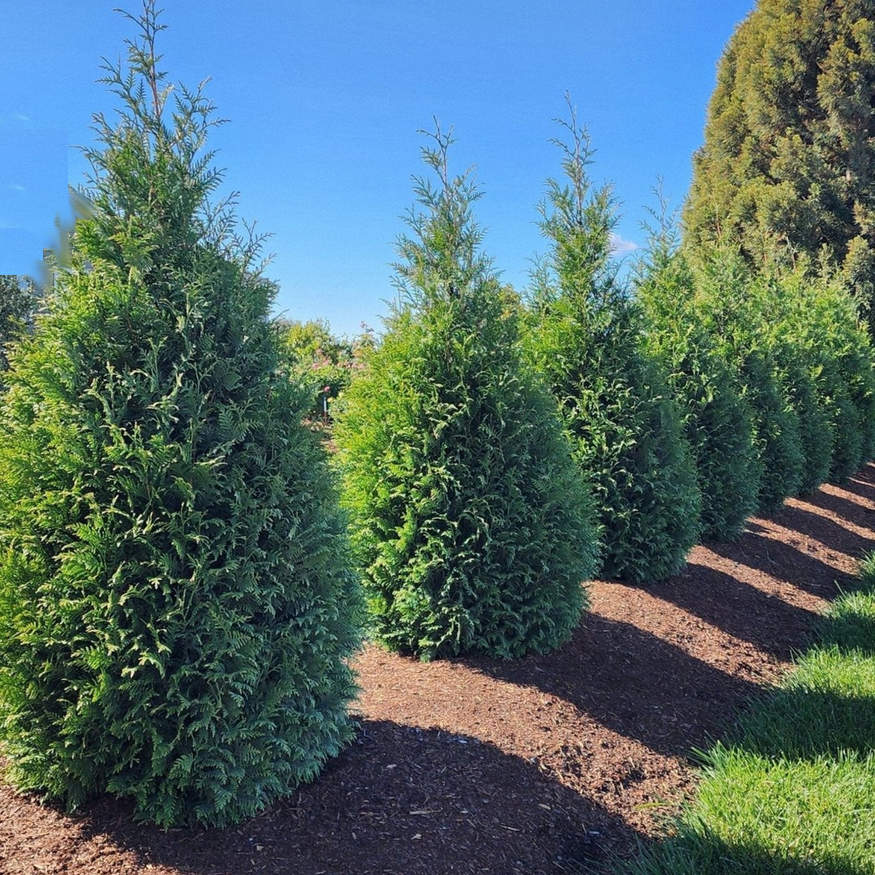 Creating a natural landscape privacy screening in your landscape is one of the best ways to add privacy, reduce noise, and define outdoor spaces. Whether you’re barring the neighbor’s view of your outdoor space, softening a property line, or enclosing a patio, plants offer a living, green solution that improves with time. The right choice depends on your space, climate, and design goals.
Creating a natural landscape privacy screening in your landscape is one of the best ways to add privacy, reduce noise, and define outdoor spaces. Whether you’re barring the neighbor’s view of your outdoor space, softening a property line, or enclosing a patio, plants offer a living, green solution that improves with time. The right choice depends on your space, climate, and design goals.
Why Choose Plants for Privacy Screening?
Beauty: Screens provide year-round greenery and seasonal interest.
Eco-Friendly: Living walls support wildlife, absorb carbon, and cool surrounding areas.
Flexibility: Options range from tall, fast-growing evergreens to layered shrub borders.
Top Choices for Landscape Privacy Screening
| Plant | Growth Rate | Sun & Soil | Best Use | Why it Stands Out |
|---|---|---|---|---|
| Thuja ‘Green Giant’ (Arborvitae) | Fast — 3–5 ft/year | Full sun to part shade; wide soil tolerance; prefers moist, well-drained | Rapid privacy screen, windbreak, hedge | Quick, dense growth with few pest issues; evergreen cover year-round |
| Leyland Cypress | Very fast — 3–4+ ft/year | Full sun; adapts to many soils; prefers well-drained, slightly acidic | Tall, fast screens and windbreaks | Extremely fast growth and height; instant screening effect |
| American Holly (Ilex opaca) | Slow to moderate — 6–18 in/year | Full sun to part shade; prefers acidic, moist, well-drained soils | Specimen tree, formal hedge, wildlife habitat | Evergreen with glossy leaves and bright red berries; high wildlife and ornamental value |
| Hornbeam (Carpinus betulus ‘Fastigiata’) | Moderate — 1–2 ft/year | Full sun to part shade; tolerates clay and urban soils if well-drained | Columnar screen, street tree, narrow-site planting | Slim, upright form fits tight spaces; smooth bark and good fall color |
| Bamboo (Clumping varieties) | Fast in season — new canes reach full height each year; clump expands 1–2+ ft/year | Full sun to part shade; moist, fertile, well-drained soils | Living fence, fast screen, tropical accent, erosion control | Rapid vertical growth, dense foliage; clumping types are non-invasive and manageable |
Tips for Planting Landscape Privacy Screening
When planning a landscape for privacy, thoughtful design and care make all the difference. Spacing is key: plant Green Giants about 6–8 feet apart to create a seamless, dense hedge without overcrowding. For added beauty and depth, try layering—combine evergreens with shrubs and perennials to soften the look and give your screen a more natural, varied appearance. Maintenance also plays a role in long-term success; light pruning will keep plants dense and shapely, while consistent watering during the establishment phase helps them root deeply and grow strong. Finally, keep design considerations in mind—choose plants not just for their mature height and width, but also for how they look through the seasons, ensuring your screen provides privacy and visual interest all year long.
Final Thoughts
For most homeowners, Thuja ‘Green Giant’ is the ultimate go-to for privacy: fast, reliable, and attractive year-round. But combining evergreens, shrubs, and ornamental trees can create a screen that’s both functional and beautiful, tailored to your property’s unique needs.


